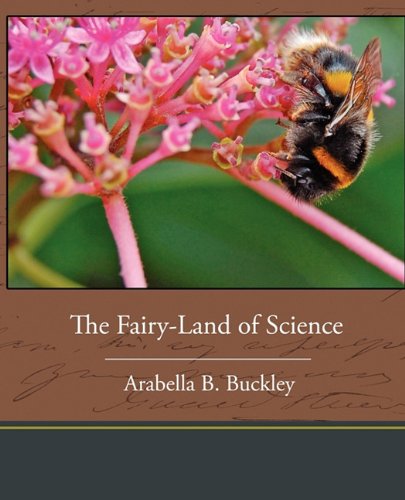Color is the Light Beams Things Do Not Want
But the reflected light-waves do more for us than this. They not only make us see things, but they make us see them in different colours. What, you will ask, is this too the work of the sunbeams? Certainly; for if the colour we see depends on the size of the waves which come back to us, then we must see things coloured differently according to the waves they send back. For instance, imagine a sunbeam playing on a leaf: part of its waves bound straight back from it to our eye and make us see the surface of the leaf, but the rest go right into the leaf itself, and there some of them are used up and kept prisoners. The red, orange, yellow, blue, and violet waves are all useful to the leaf, and it does not let them go again. But it cannot absorb the green waves, and so it throws them back, and they travel to your eye and make you see a green colour. So when you say a leaf is green, you mean that the leaf does not want the green waves of the sunbeam, but sends them back to you. In the same way the scarlet geranium rejects the red waves; this table sends back brown waves; a white tablecloth sends back nearly the whole of the waves, and a black coat scarcely any. This is why, when there is very little light in the room, you can see a white tablecloth while you would not be able to distinguish a black object, because the few faint rays that are there, are all sent back to you from a white surface.
Notes:
All other wavelengths are being absorbed.
Folksonomies: science education wonder phenomena
Taxonomies:
/business and industrial/chemicals industry/dyes and pigments (0.402410)
/business and industrial/energy/renewable energy/solar energy (0.313729)
/sports/surfing and bodyboarding (0.244320)
Keywords:
waves (0.912756 (negative:-0.107862)), green waves (0.747696 (negative:-0.482055)), Light Beams Things (0.662212 (neutral:0.000000)), white tablecloth (0.623314 (positive:0.200170)), violet waves (0.618347 (positive:0.293662)), brown waves (0.605793 (positive:0.231560)), red waves (0.593552 (neutral:0.000000)), leaf (0.587158 (positive:0.386623)), different colours (0.466243 (positive:0.303298)), sunbeam playing (0.461941 (positive:0.310230)), faint rays (0.449520 (negative:-0.401817)), scarlet geranium (0.448821 (neutral:0.000000)), black coat (0.419067 (positive:0.477560)), little light (0.412860 (negative:-0.477053)), black object (0.411236 (negative:-0.200828)), green colour (0.407915 (positive:0.396411)), white surface (0.392056 (neutral:0.000000)), eye (0.295744 (positive:0.476194)), sunbeams (0.282343 (positive:0.266529)), wavelengths (0.271062 (neutral:0.000000)), instance (0.259340 (neutral:0.000000)), light-waves (0.257175 (negative:-0.553074)), prisoners (0.254299 (neutral:0.000000)), Color (0.253998 (neutral:0.000000)), work (0.251631 (positive:0.266529)), rest (0.249461 (neutral:0.000000)), size (0.248278 (neutral:0.000000)), orange (0.246043 (neutral:0.000000))
Concepts:
Color (0.945192): dbpedia | freebase
Light (0.757577): dbpedia | freebase | opencyc
Green (0.641928): dbpedia | freebase
Red (0.607221): dbpedia | freebase
Primary color (0.536284): dbpedia | freebase
Orange (0.519317): dbpedia | freebase | opencyc | yago
White (0.505084): dbpedia | freebase
Color wheel (0.500768): dbpedia | freebase





